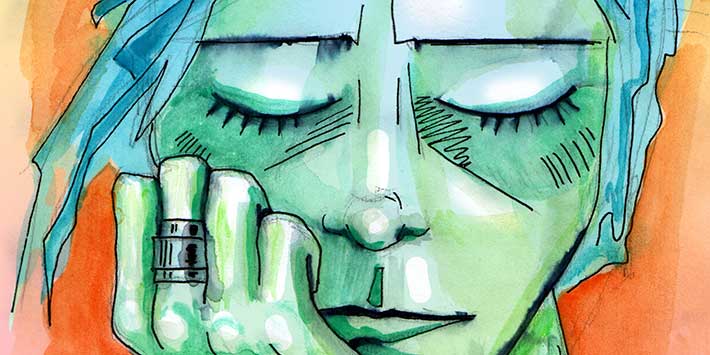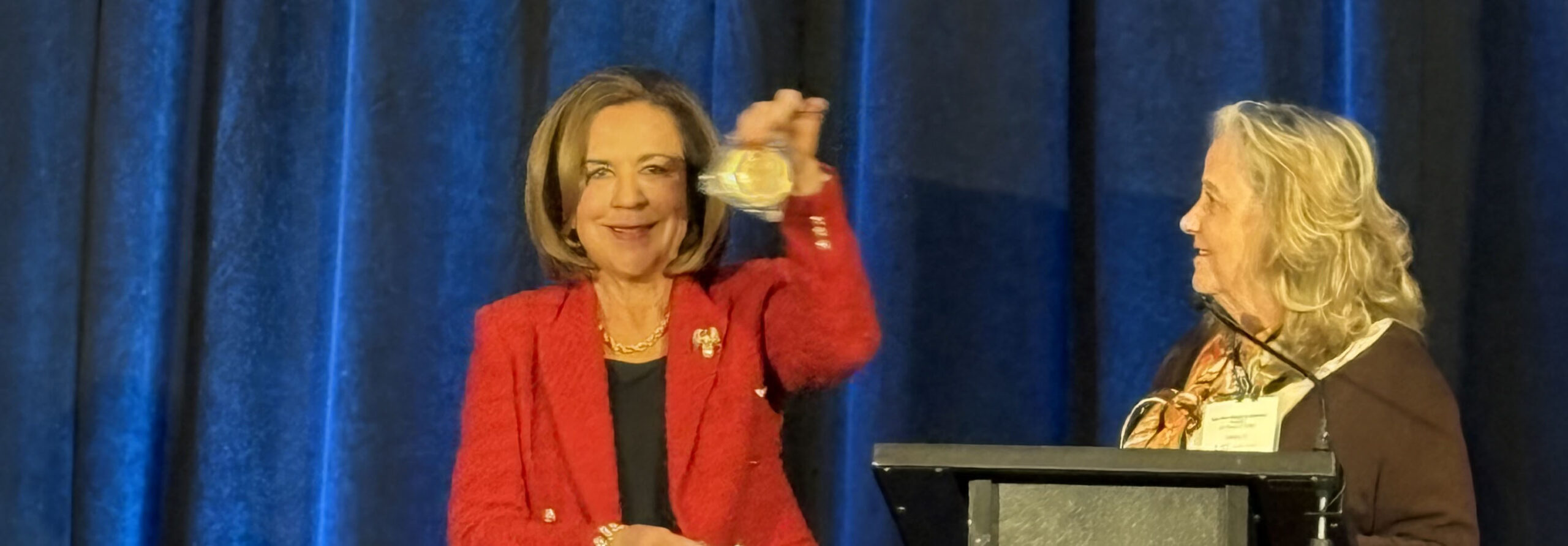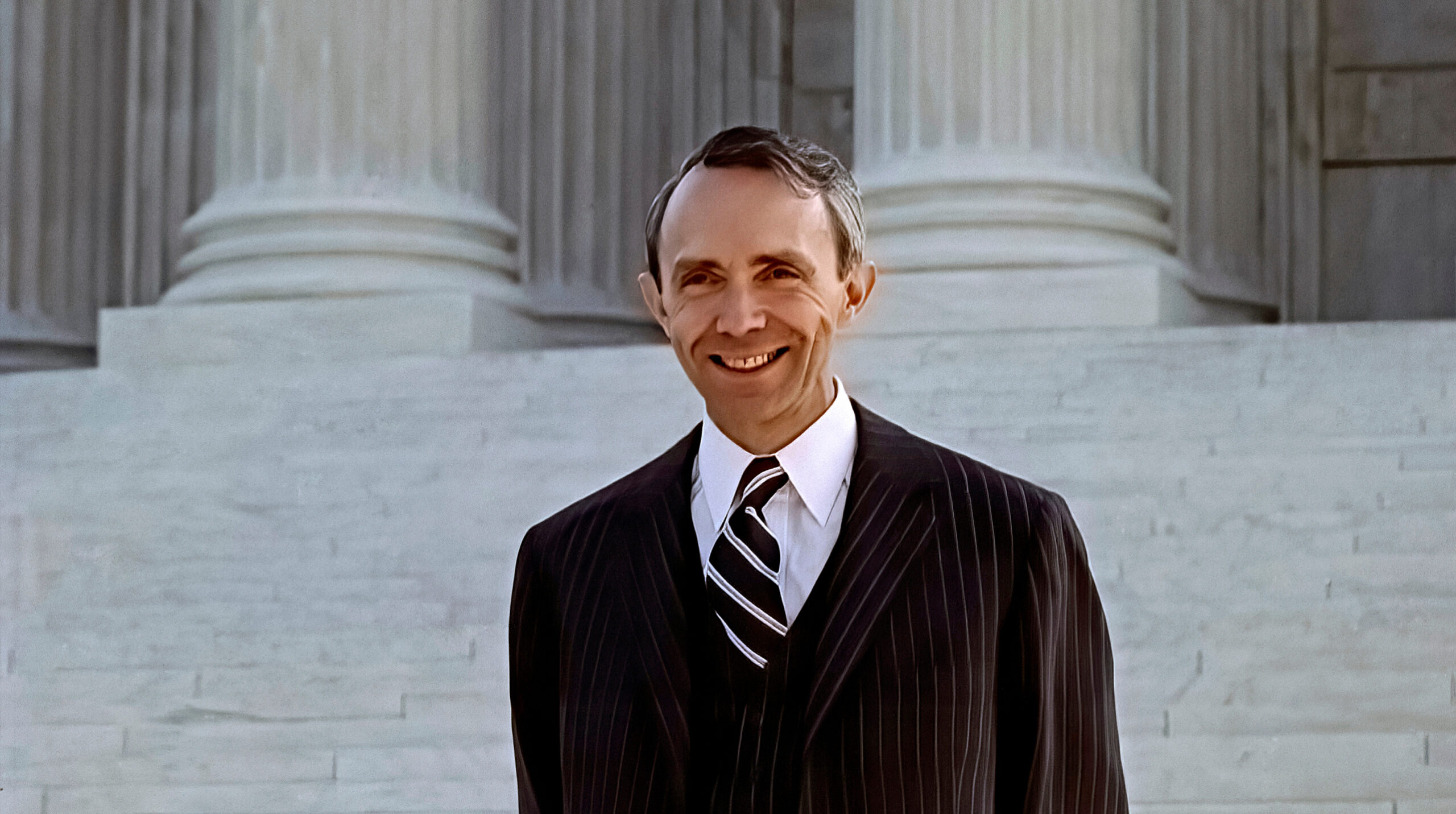
By Carl M. Dawson, M.S., M.A.C.

As a substance abuse professional, I am conscious of the fact that every individual entering into the process of recovery is cursed with knowing that they possess one remaining relapse…. What I can’t predict is how many more opportunities, if ever, they will have to find recovery. As a consequence, the primary goal during the early months of recovery is to focus on the objective of relapse prevention.
Relapse will always be the recovering person’s biggest enemy. During the early months of recovery, it is important that the treatment professional explore with their client, circumstances that may contribute to a potential relapse. Discuss with the client the importance of avoiding the people, places or things that are associated with previous substance use. This point was originally emphasized by research conducted by Rescorla and Wagner (1972). The Rescorla-Wagner model confirmed that memories and events associated with past substance use activities was far more powerful in initiating “drug seeking” relapse behavior(s) than the availability to use the drug at will. Their research provides further reason to advise the recovering substance user to stay clear of activities, events or individuals that remind them of their past usage for an indefinite period of time.
Another important perspective with regards to relapse prevention is the insistence that the client maintain complete abstinence from the use of all mood altering substances, including the individual’s “least” drug of choice. Research in the fields of neurobiology and addictionology have shown that the release sequence of the pleasure chemicals housed in the brain are consistent with all behaviors of addiction, including less addicting drugs (i.e.: marijuana vs. cocaine), gambling, food, pornography and video gaming.
As a treatment professional, I am reminded that since 1966, scientific and medical societies have determined that substance use disorders are a consequence of biological, psychological, societal and physiological factors. Keeping with this perspective, I encourage today’s treatment and intervention specialist, clinical or legal, to be constantly aware that their substance-using clients possess an identifiable and treatable neurological disorder, defined by a process, that originates in the brain.
References
- National Institute on Drug Abuse, Principles of Drug Addiction Treatment: A Research-Based Guide, 2nd Ed., National Institute of Health, U.S. Department of Health and Human Services, (NIH) publication #09-4180, Revised April 2009.
- Ray, O., Ksir, C.: Drugs, Society, and Human Behavior, 7th ed., Mosby Publishing Co. (1996).
- Rescorla, Robert Al, and Allan R. Wagner. “A Theory of Pavlolian Conditioning: Variations in the Effectiveness of Reinforcement and Non-reinforcement.” In Classical Conditioning II: Current Theory and Research, edited by A.H. Black and W.F. Prokasy. New York; Appleton Century-Crofts, 1972.
- U.S. Department of Health and Human Services: Public Health Service, Substance Abuse and Mental Health Services Administration, Center for Substance Abuse Treatment. Treatment Improvement Protocol (TIP) Series. Rockwall II, 5600 Fisher Lane, Rockville, MD 20857.
- Whishaw. II and B. Kolb. Fundamentals of Human Neuropsychology, 5th ed. New York: Worth Books, (2003).
Learn more by attending Drugs in America Today: What Every Judge Needs to Know, August 25-27, 2015 in Reno, NV.

The National Judicial College has awarded Missouri Supreme Court Judge Mary Russell with the Sandra Day O�...

Emeritus Trustee Bill Neukom (left) with former Board of Trustee Chair Edward Blumberg (right) at the NJC 60...

The National Judicial College, the nation’s premier institution for judicial education, announced today t...

The National Judicial College (NJC) is mourning the loss of one of its most prestigious alumni, retired Uni...

As threats to judicial independence intensify across the country, the National Judicial College (NJC) today...